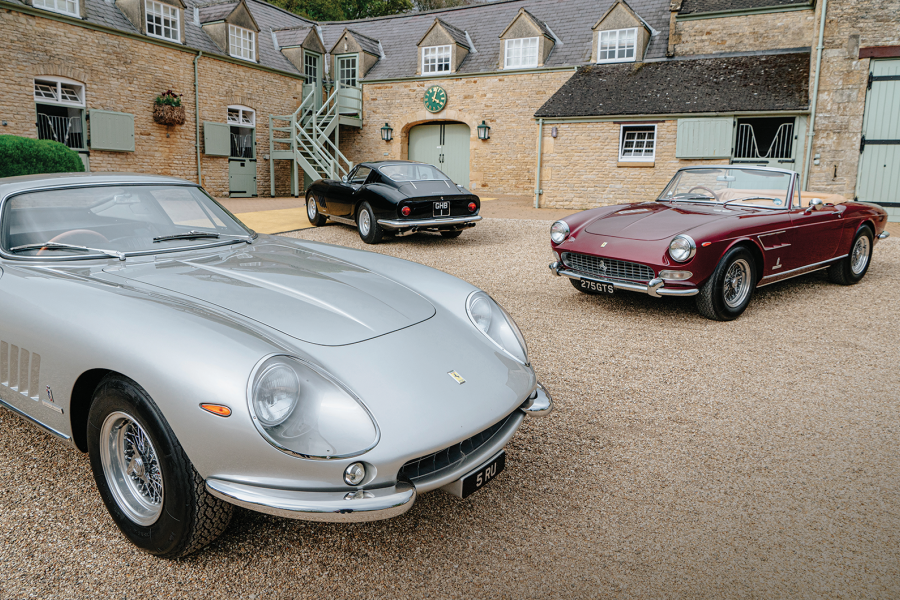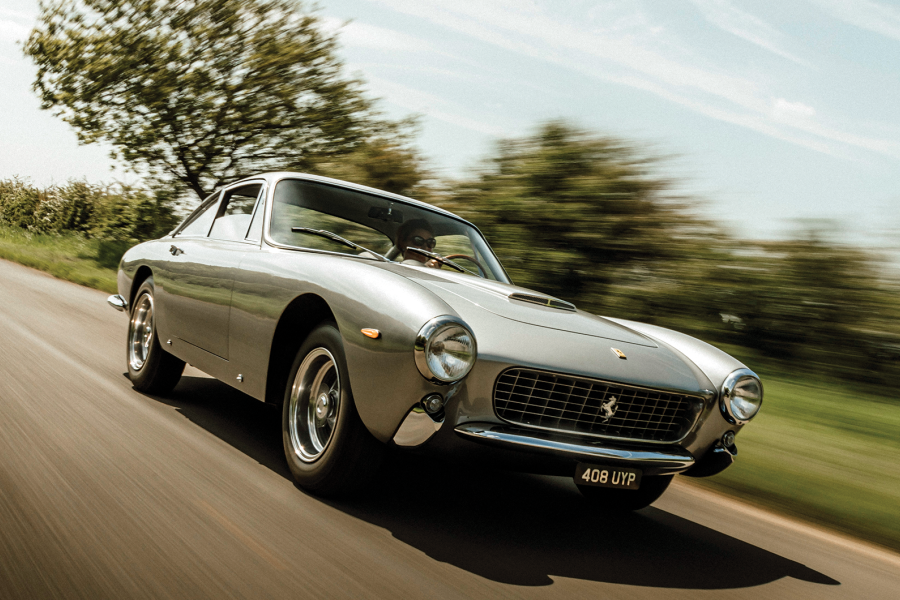
Giovanni Agnelli was the Italian tycoon from Central Casting.
Born into enormous wealth and married to a fellow aristocrat, he eventually came to own most of Italy’s car industry, two of its major newspapers, one of its biggest football clubs and a ski resort.
At one point, he was involved with companies that between them made up 25% of the country’s stock market, and he did it all with a natural ease, charm and style that enabled him to mix with heads of state, political dynasties and international powerbrokers.
This was a man who counted Henry Kissinger among his friends.

The Ferrari Testarossa Spider’s blue striping was a special addition for Giovanni Agnelli
Where Silvio Berlusconi was all gaff-prone buffoonery and something of a laughing stock, Agnelli was grace personified, a man from an earlier era who became a fashion icon as well as one of Europe’s richest people.
When he retired in the 1990s, one commentator referred to him as “the uncrowned king of Italy”.
Agnelli was the grandson of one of the founders of Fiat – who was also called Giovanni – and born on the family estate in Villar Perosa, near Turin, in 1921.
















